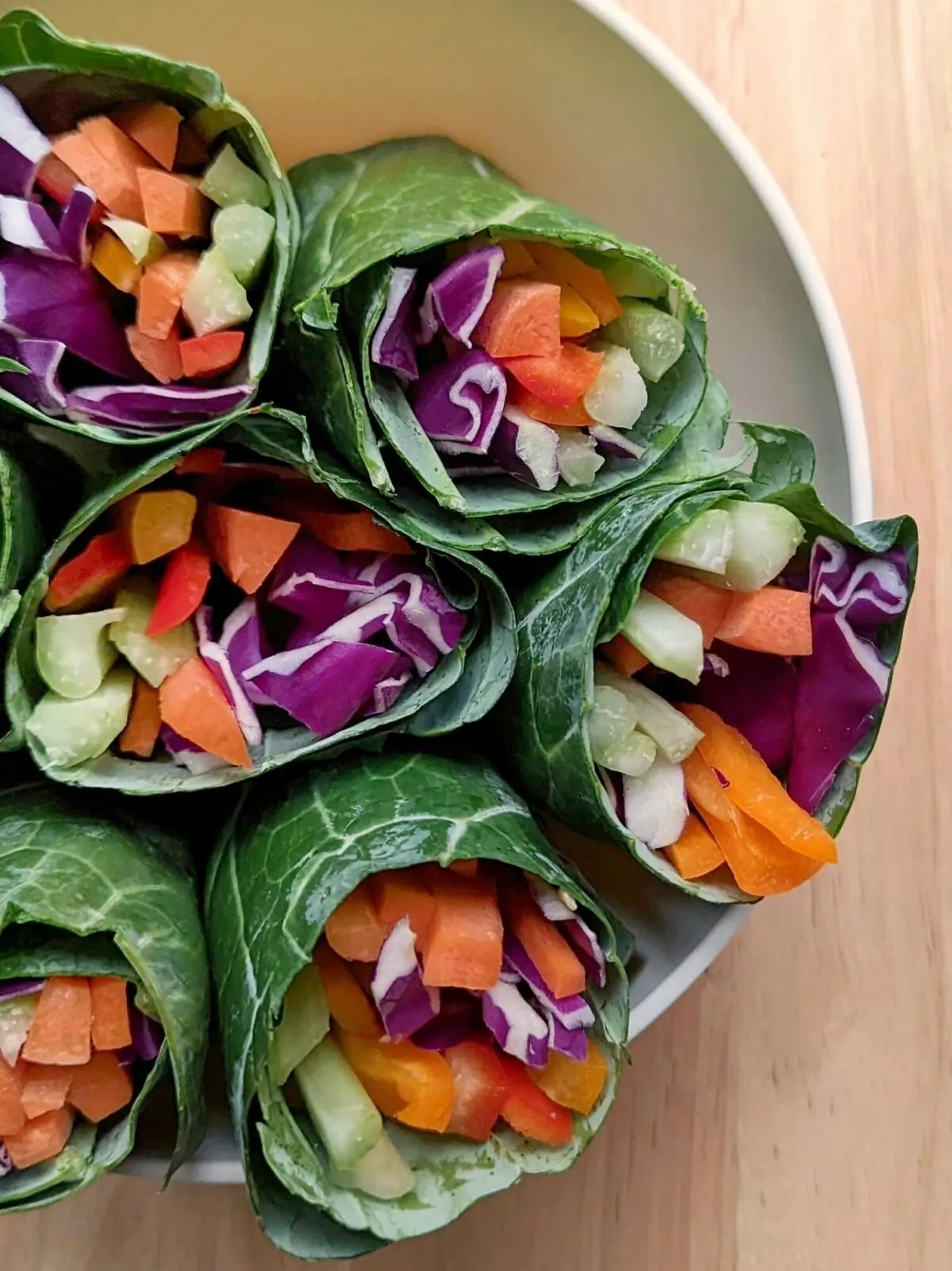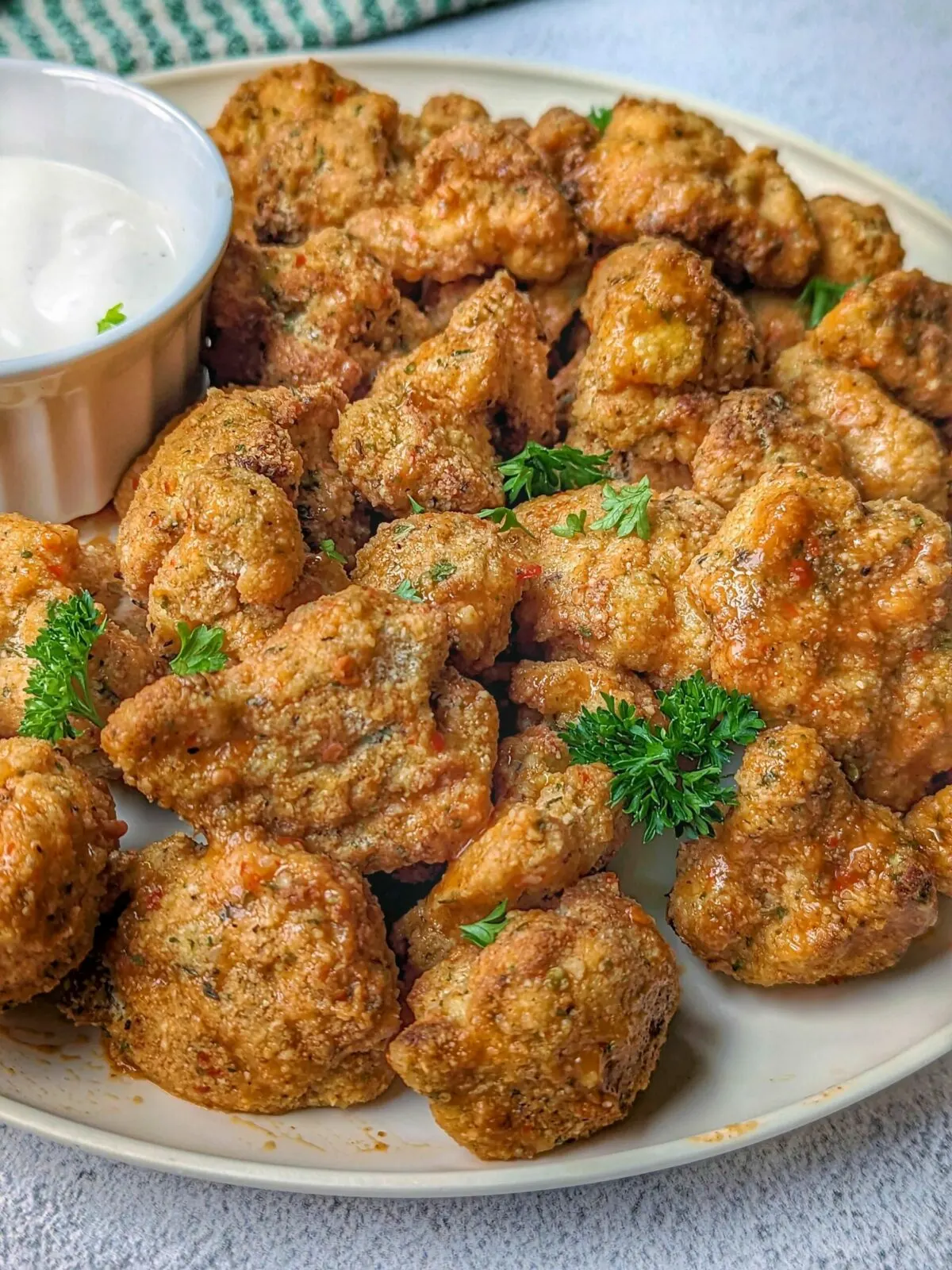A vegetable crudite is just what you need for your next get-together or gathering. Assemble your favorite dips and brightly colored vegetables onto a board for easy dipping and dunking. It’s a boogie vegetable platter, but I’m here for it!
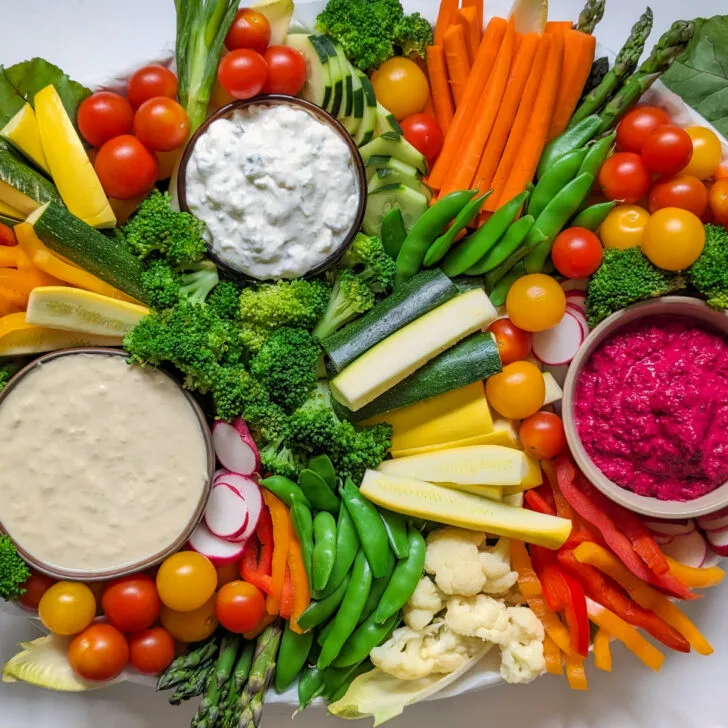
Why is it Called Crudité?
Crudite or ‘crew-dee-tay’ is a French word for raw, hence the colorful platter with heaps of fresh vegetables to snack on.
What Goes on a Crudités Platter?
- Vegetables: Use at least 4-6 different kinds of vegetables on your platter. Prioritize using what’s in season and aim for different textures, colors, and flavors.
- Dip: Include 2-3 dips on your board, each with a different flavor and consistency, so you have something for everyone.
What Vegetables are in Crudité?
Fresh, raw vegetables are the focus of this dish. I recommend using what is in season for the best-tasting board. Make it a whole thing by walking through your local farmers market or seeing what’s on sale in the grocery store to decide what to include. Here are a few of my favorites:
Raw Vegetables:
- Zucchini
- Zucchini
- Yellow Squash
- Cucumber
- Bell Peppers
- Carrots
- Celery
- Jicama
- Radishes
- Green Onions: Wash and trim the green onions. Their length adds dimension to the board, making them the perfect ingredient to fill in the gaps on the board.
- Tomatoes: I prefer including grape or cherry tomatoes. You can cut them in half or leave them whole.
- Lettuce: Use smaller leaves from endives, romaine lettuce, radicchio, or butter lettuce. You can also include edible flowers on the board, such as marigolds, butterfly peas, chamomile, or lavender. I have luck finding edible flowers at Whole Foods, or you can order them online.
Blanched Vegetables:
While vegetable crudites typically feature raw vegetables, cruciferous vegetables taste better and appear more vibrant on the platter after a quick blanch and ice bath.
- Broccoli
- Cauliflower
- Broccolinni
- Green Beans
- Asparagus
- Snap Peas
- Snow Peas
Additions and Substitutions
Apart from raw and blanched vegetables, pickled and marinated vegetables can be a tasty addition to the platter. Some of my favorites are marinated olives, sumac onions or cucumbers, pickles, and artichoke hearts. Gather them in cute, decorative bowls or use them as a brightly-colored garnish to fill in the gaps.
How to Make Vegetable Crudite Platter
The full recipe with measurements is in the recipe card below.
Step 1: Cover a board or tray with parchment paper. Place the dips on the board, leaving room between for all the vegetables.
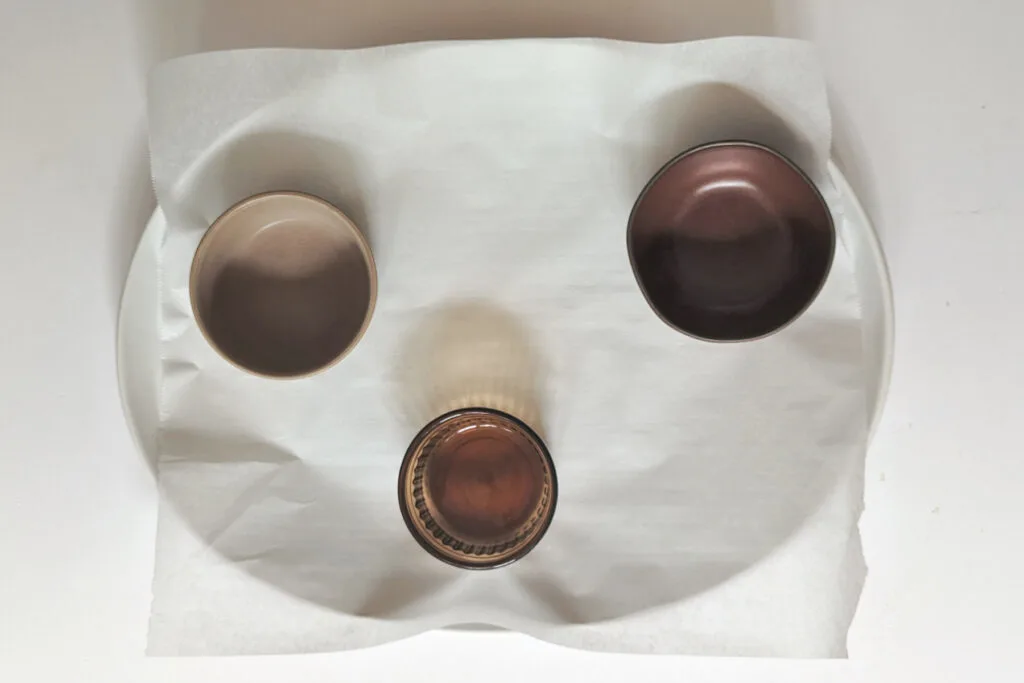
This board features butter bean hummus, beetroot dip, and haydari, a Turkish yogurt dip.
Step 2: Arrange the vegetables around the board.

Step 3: Look for gaps on the board and fill them in with more vegetables.
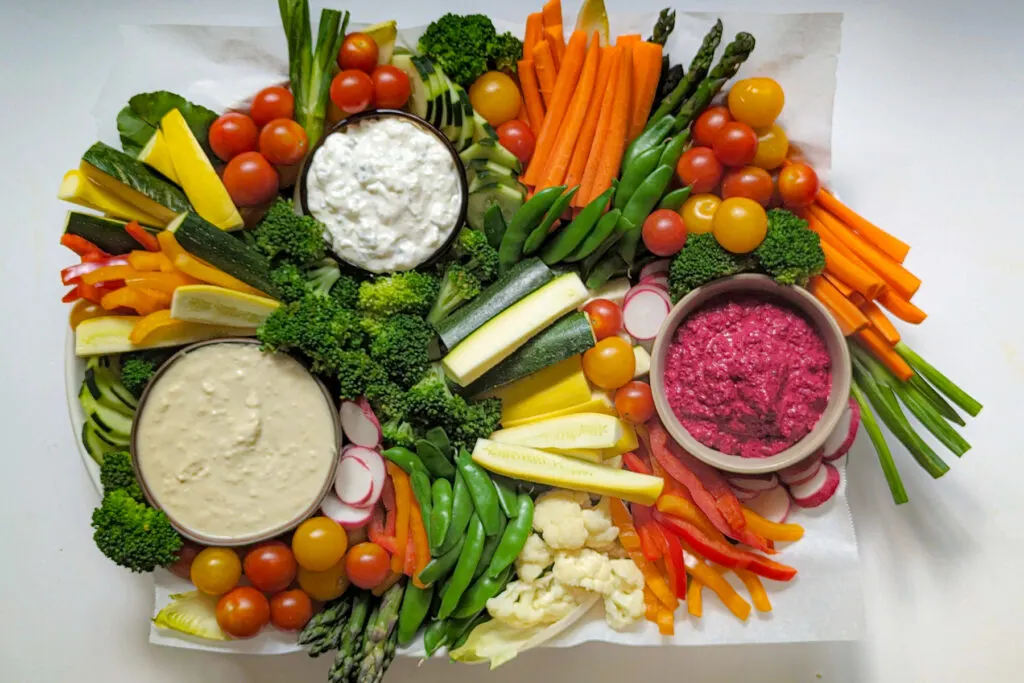
Step 4: Garnish the board with fresh herbs, edible flowers, and different types of lettuce, such as smaller romaine leaves, radicchio, or endives for decoration.
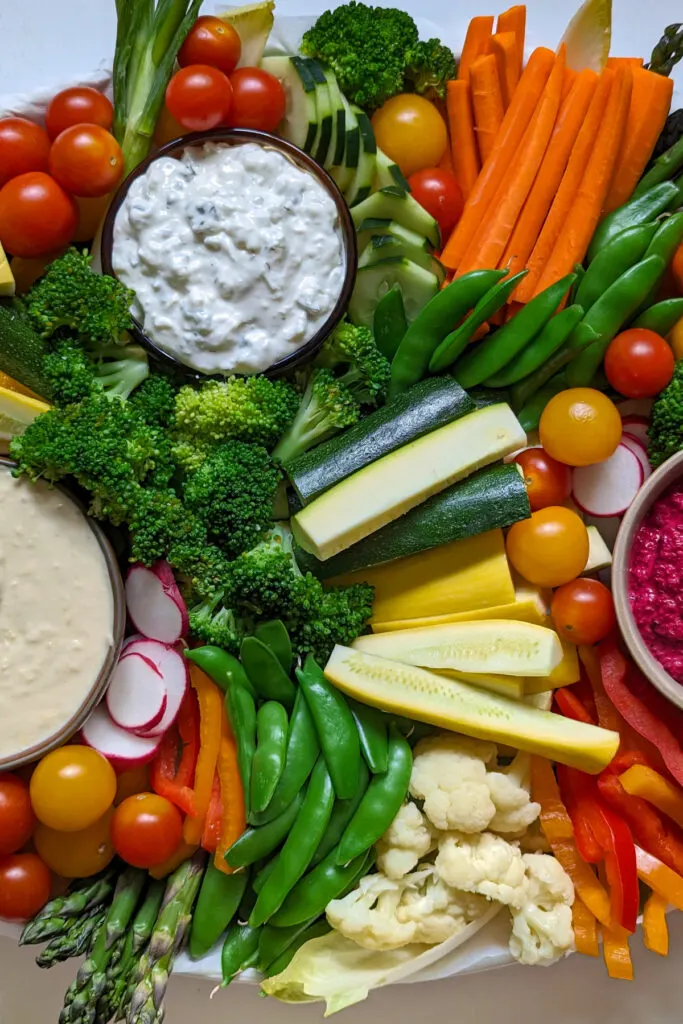
Expert Tips
- Cover your board or tray with parchment paper for easy cleanup.
- Use a variety of fresh, seasonal vegetables, and try to mix up the colors and textures for a brightly-colored board. You don’t have to group all of the vegetables in one place. Actually, it’s kind of nice to have the vegetables in more than one place on the board to make it easier for guests.
- Fill in the gaps on the board with extra vegetables, lettuce, or edible flowers until it’s covered.
If you enjoy this platter, try one of these vegetable appetizer recipes!
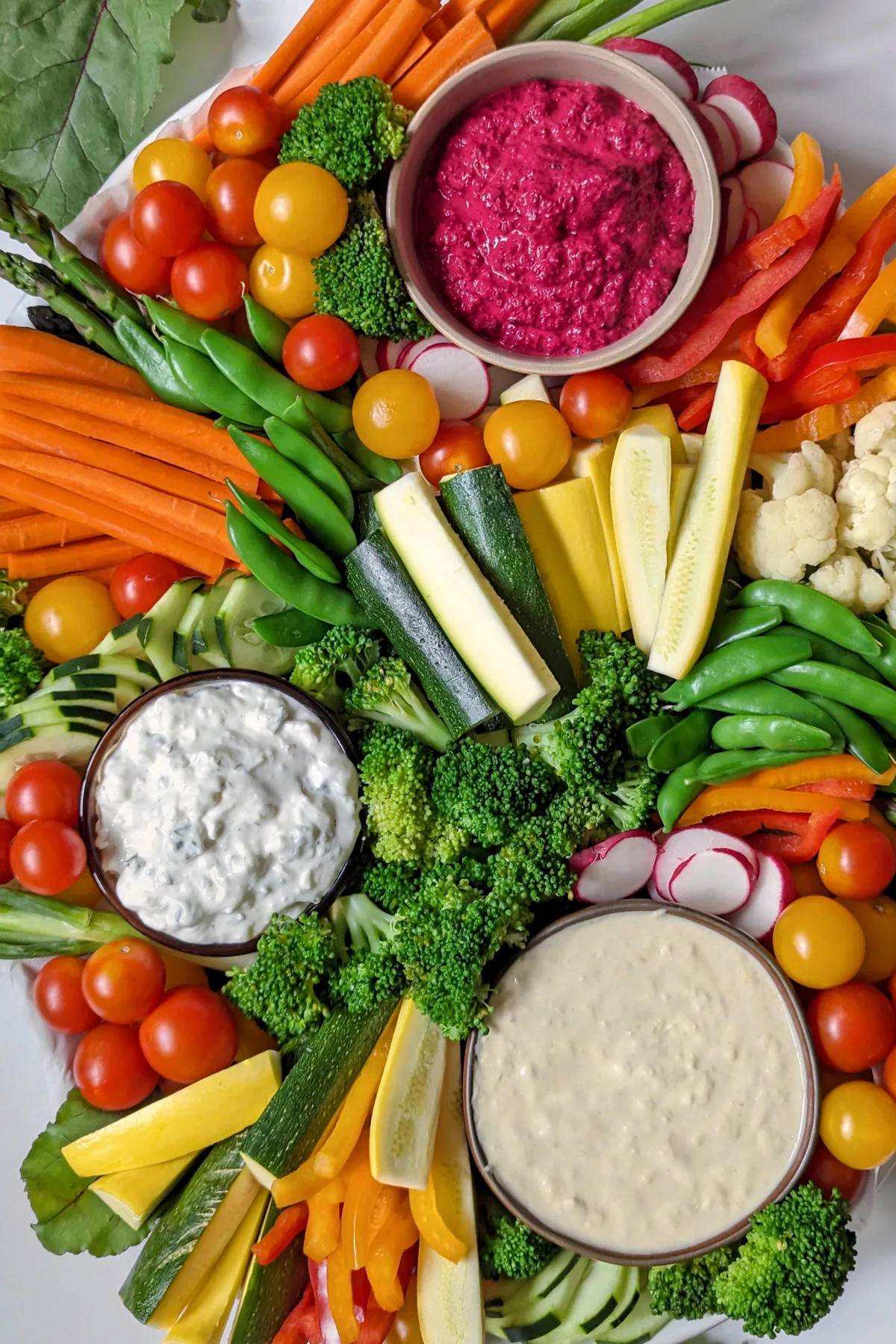
What Goes on a Vegetable Crudite Besides Vegetables?
If you’re like me, veggie trays are even better with dips and sauces. I like to serve the fresh vegetables with creamy dips like haydari, ranch dressing, sos czosnkowy (a Polish garlic dip), or tzatiki. And make room on your board for heartier spreads such as hummus, havuc tarator (a Turkish carrot dip), zaalouk, baba ganoush, or beetroot dip.
More Dip Ideas:
- Whipped Feta
- Zaalouk
- Labneh
- Crab Spinach Dip
- Buffalo Chicken Dip
- Mirza Ghesemi
Meal Prep the Veggie Tray
- Make the Dips the Day Before: Do you have a big event or party? Or maybe you want to meal-prep a vegetable tray for a quick grab-and-go snack? Prepare the dips the night before you plan to serve the tray. Some dips will last several days, but I prefer making them the night before so they are fresh and delicious the next day.
- Slice the Vegetables in Advance: To keep the vegetables crispy and fresh, prepare them 1-2 hours before you are ready to serve. Wash and dry the vegetables and slice them according to your preference.
- How do you keep vegetable crudite fresh? Cut the vegetables one day ahead or a few hours before you are ready to serve. Keep some of the sliced vegetables in a plastic or silicone bag, and store vegetables like carrots and radishes in ice water or wrapped in a damp towel in a plastic bag until you’re ready to assemble the platter.
| Vegetables: | How to Store: | How Long to Store: |
| Zucchini | Dry the zucchini slices and store them in a container with paper towels. | 3-4 Days |
| Yellow Squash | Dry the squash slices, wrap them in paper towels, and transfer them to a container. | 3-4 Days |
| Cucumber | Dry the cucumber slices and store them in a container with paper towels. | 2-3 Days |
| Bell Peppers | Dry the bell pepper slices, wrap them in paper towels, and transfer them to a container. | 3-5 Days |
| Carrots | Peel and slice the carrots. Store them in a container with water. | 1 Week |
| Celery Stalks | Place the sliced celery in a container filled with water. | 1 Week |
| Jicama | Peel and slice the jicama. Store them in a container with water. | 1 Week |
| Radishes | Place the radish slices in a container filled with water. | 5-7 Days |
| Green Onions | Dry the green onions and store them in a container with paper towels. | 1 Week |
| Cherry Tomatoes | If the tomatoes are ripe and you plan to use them in a few days, store them on the counter away from direct sunlight. If you need to store tomatoes for more than a few days, place them in a breathable container to allow circulation. | 3-5 Days |
| Broccoli Florets | Store broccoli in a breathable container to allow circulation. | 3-5 Days |
| Cauliflower Florets | Store cauliflower in a breathable container to allow circulation. | 3-5 Days |
| Green Beans | Dry the green beans, wrap them in paper towels, and transfer them to a container. | 5-7 Days |
| Asparagus | Place the asparagus stalks upright in a or jar with an inch of water at the bottom. Cover the tops loosely. | 3-5 Days |
| Snap Peas | Store snap peas in a breathable container to allow circulation. | 5-7 Days |
| Snow Peas | Store snow peas in a breathable container to allow circulation. | 5-7 Days |
Frequently Asked Questions
What’s the difference between crudite and charcuterie?
Do I need to cook the vegetables first?
The goal of a vegetable crudite is to highlight fresh vegetables in their purest form. However, some vegetables look and taste better after a quick blanch, making them brighter and easy to bite into.
I prefer blanching vegetables like broccoli, cauliflower, green beans, snap peas, snow peas, and asparagus for one minute before adding them to the platter. The first time I saw this done was at a wedding I attended, and I have been doing it that way ever since.
How do you blanch vegetables?
1. Bring a stockpot filled with water and a pinch of salt to a boil and fill a large bowl with ice water.
2. Peel, slice, and prepare the vegetables for blanching.
3. Add one vegetable type at a time to the pot and cook for 1 minute.
4. Remove from the water and immediately transfer them to the ice bath to halt the cooking process.
5. Remove the vegetables from the water and set them aside to dry. Then, repeat with the remaining vegetables.
More Vegetable Recipes:

Vegetable Crudite
- Board or Serving Platter
- 3 medium zucchini, cut into spears
- 3 medium yellow squash, cut into spears
- 2 medium cucumbers, cut into spears
- 3 medium bell peppers, cut into strips
- 8 carrots, peeled and cut into spears
- 8 celery stalks, cut into spears
- 2 jicama, cut into spears
- 1 bunch radishes, quartered or sliced
- 1 bunch green onions, trimmed
- container cherry or grape tomatoes
- 2 cups broccoli florets
- 2 cups cauliflower florets
- 1 bunch broccoli
- 2 cups green beans
- 2 bunches asparagus
- 2 cups snap peas
- 2 cups snow peas
- 1 cup butter bean hummus
- 1 cup beet root dip
- 1 cup havuc tarator
- 1 cup ranch dressing
- cup haydari
- 1 cup tzatziki
- Cover a board or tray with parchment paper. Place the dips on the board, leaving room in between for all the vegetables.
- Arrange the vegetables around the board.
- Look for gaps on the board and fill them in with more vegetables.
- Garnish the board with fresh herbs, edible flowers, and different types of lettuce, such as smaller romaine leaves, radicchio, or endives for decoration.
- Cover your board or tray with parchment paper for easy cleanup.
- Use a variety of fresh, seasonal vegetables, and try to mix up the colors and textures for a brightly-colored board. You don’t have to group all of the vegetables in one place. Actually, it’s kind of nice to have the vegetables in more than one place on the board to make it easier for guests.
- Fill in the gaps on the board with extra vegetables, lettuce, or edible flowers until it’s covered.
- The nutritional information shown is an estimate provided by an online nutrition calculator. It should not be considered a substitute for professional advice.


